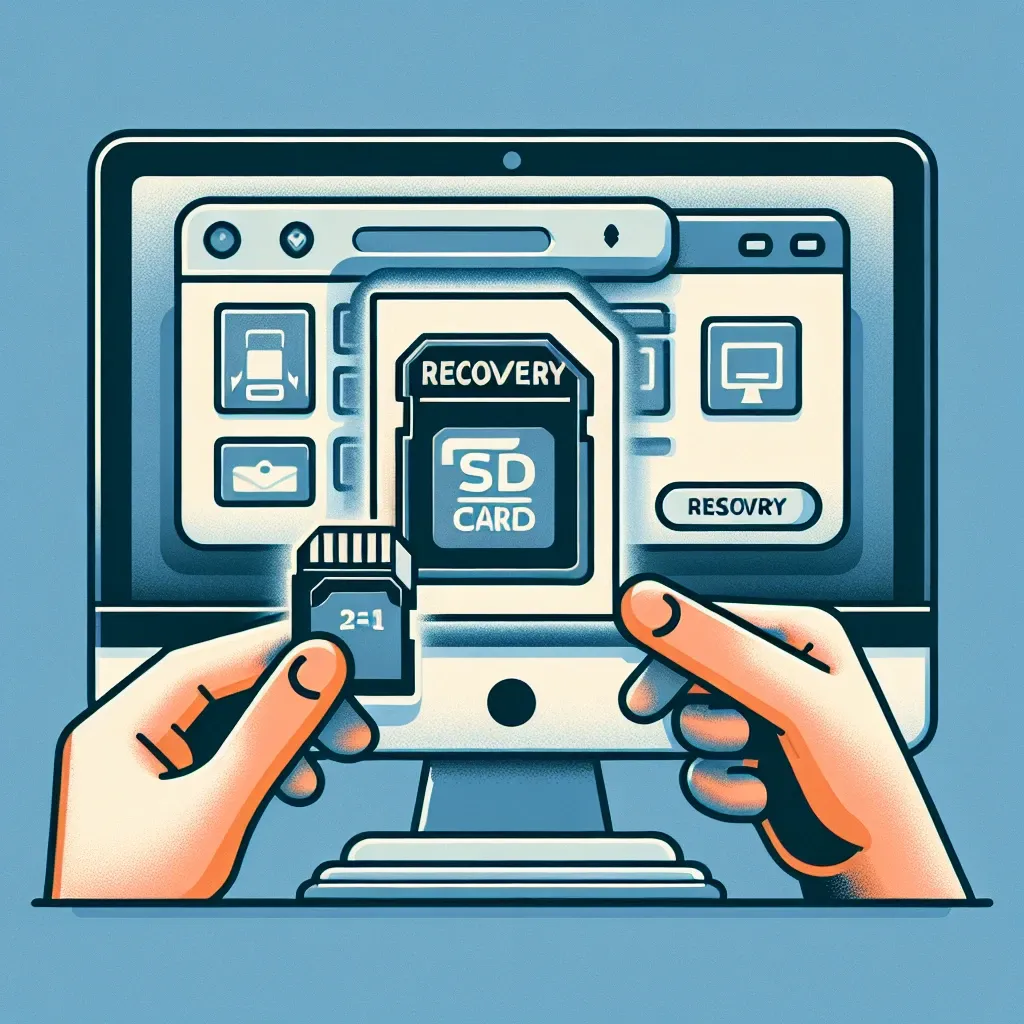Introduction
Accidentally formatting your SD card can be a stressful experience, especially when it results in the loss of precious photos. However, all is not lost. With the right approach and tools, you can recover your erased photos effectively.
Understanding How SD Cards Work
SD cards store data in a non-volatile memory. When files are deleted or the card is formatted, the data isn’t immediately erased but marked as available for new data. This characteristic allows for the possibility of recovery.
Immediate Actions to Take After Formatting
- Stop Using the SD Card: Continued use can overwrite the deleted data, making recovery impossible.
- Check the Recycle Bin: If the formatting was done on a computer, sometimes files might still be in the Recycle Bin.
- Use Recovery Software: Utilize specialized software to scan and recover deleted files.
Choosing the Right Photo Recovery Software
Selecting reliable recovery software is crucial. Some popular options include:
- Recuva: A user-friendly tool that can recover various file types.
- EaseUS Data Recovery Wizard: Offers deep scanning capabilities and a high recovery rate.
- PhotoRec: An open-source option that specializes in recovering photos.
Step-by-Step Guide to Recover Photos
Step 1: Stop Using the SD Card
Immediately cease using the SD card to prevent overwriting the deleted photos.
Step 2: Choose and Install Recovery Software
Download a reputable recovery tool and install it on your computer.
Step 3: Connect the SD Card to Your Computer
Use an SD card reader to connect the card to your PC.
Step 4: Launch the Recovery Software
Open the installed recovery program and select the SD card as the target for scanning.
Step 5: Scan for Deleted Photos
Initiate the scanning process. This may take some time depending on the card’s capacity and the number of files.
Step 6: Preview and Recover
Once the scan is complete, preview the recoverable photos and select the ones you wish to restore. Follow the software’s instructions to finalize the recovery.
Preventing Future Data Loss
- Regular Backups: Frequently back up your photos to multiple storage locations.
- Safe Eject: Always safely eject the SD card from your computer to prevent corruption.
- Use Reliable Cards: Invest in high-quality SD cards to reduce the risk of data loss due to card failure.
Advanced Recovery Techniques
For more stubborn cases, where standard recovery tools fail, consider advanced techniques such as using command-line tools or consulting professional data recovery services.
Conclusion
Recovering photos from a formatted SD card is achievable with timely action and the right tools. By following the steps outlined in this guide, you can enhance your chances of successfully retrieving your lost images and safeguard against future data loss.

